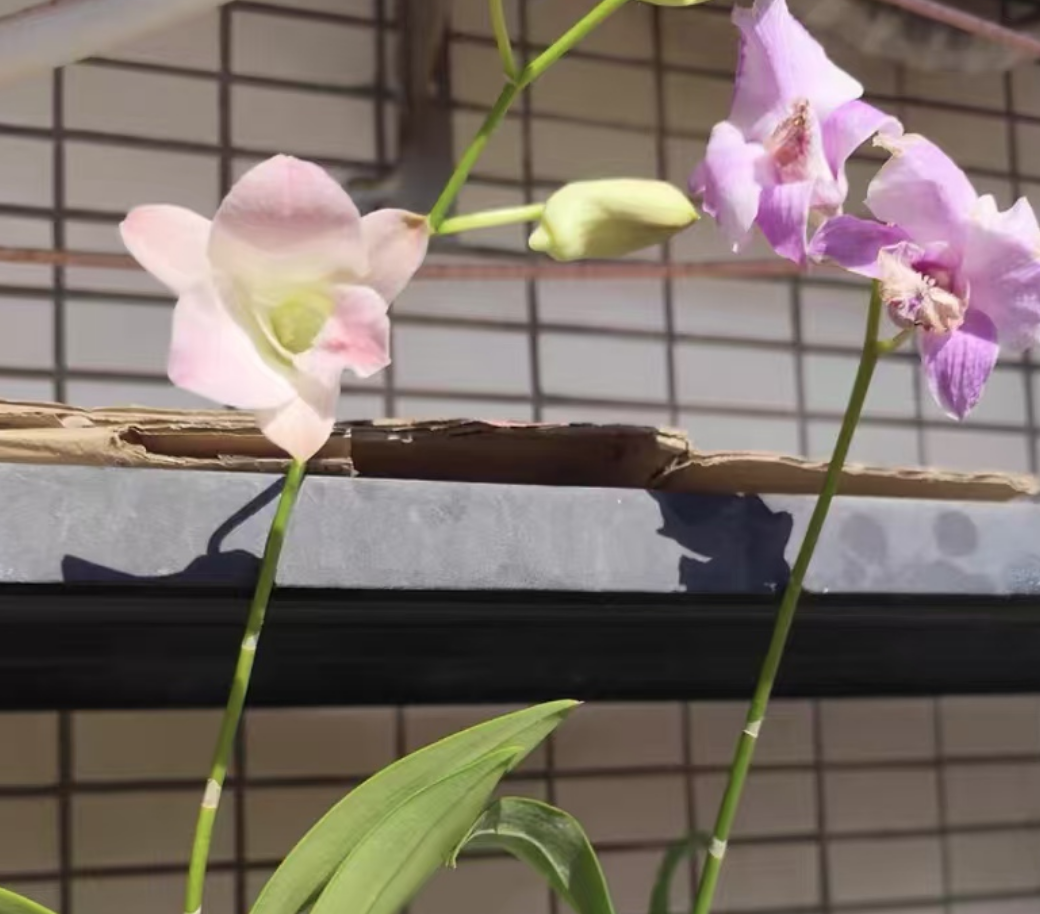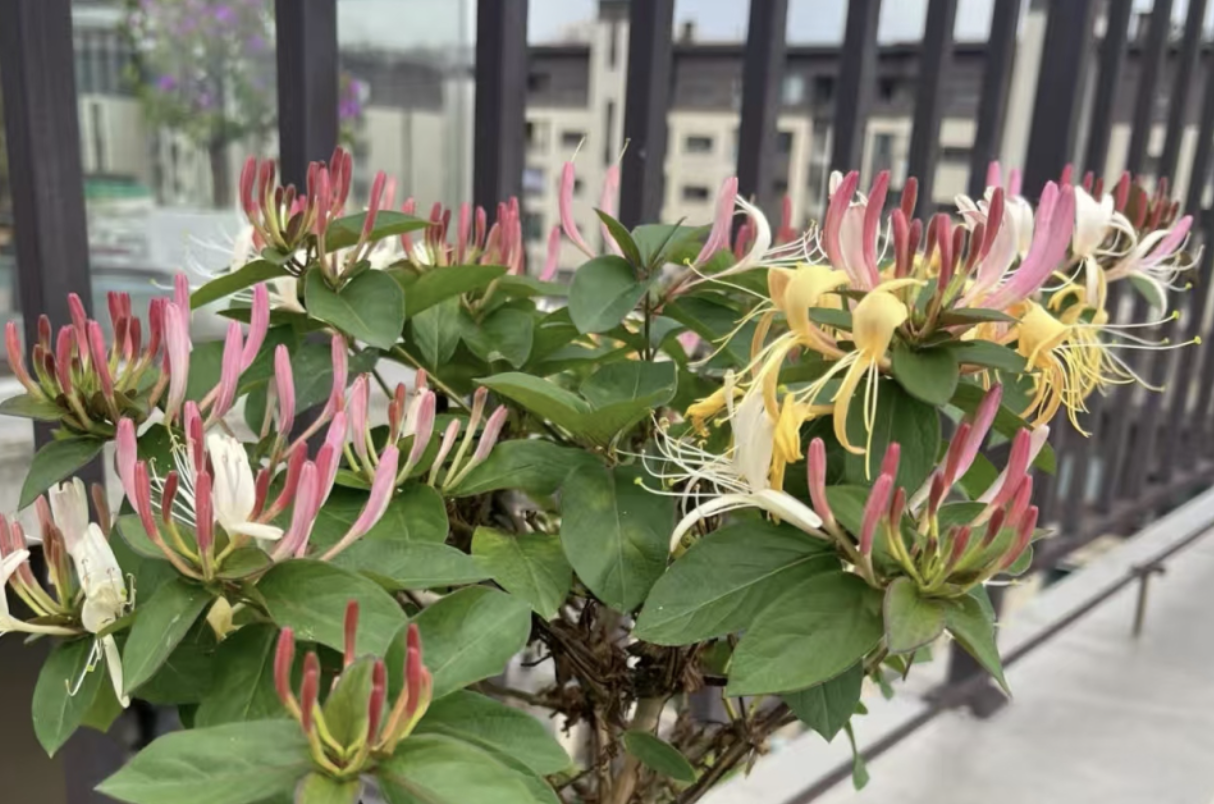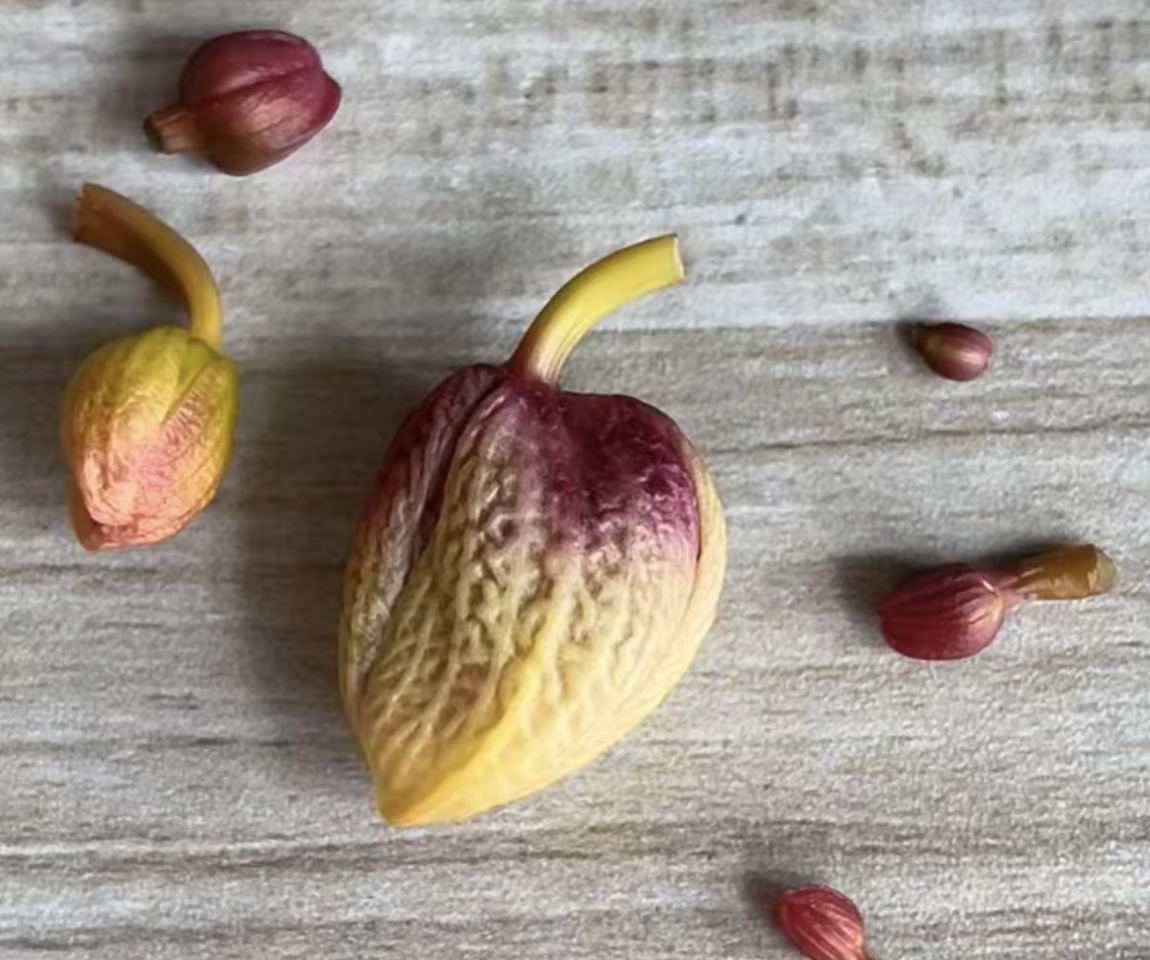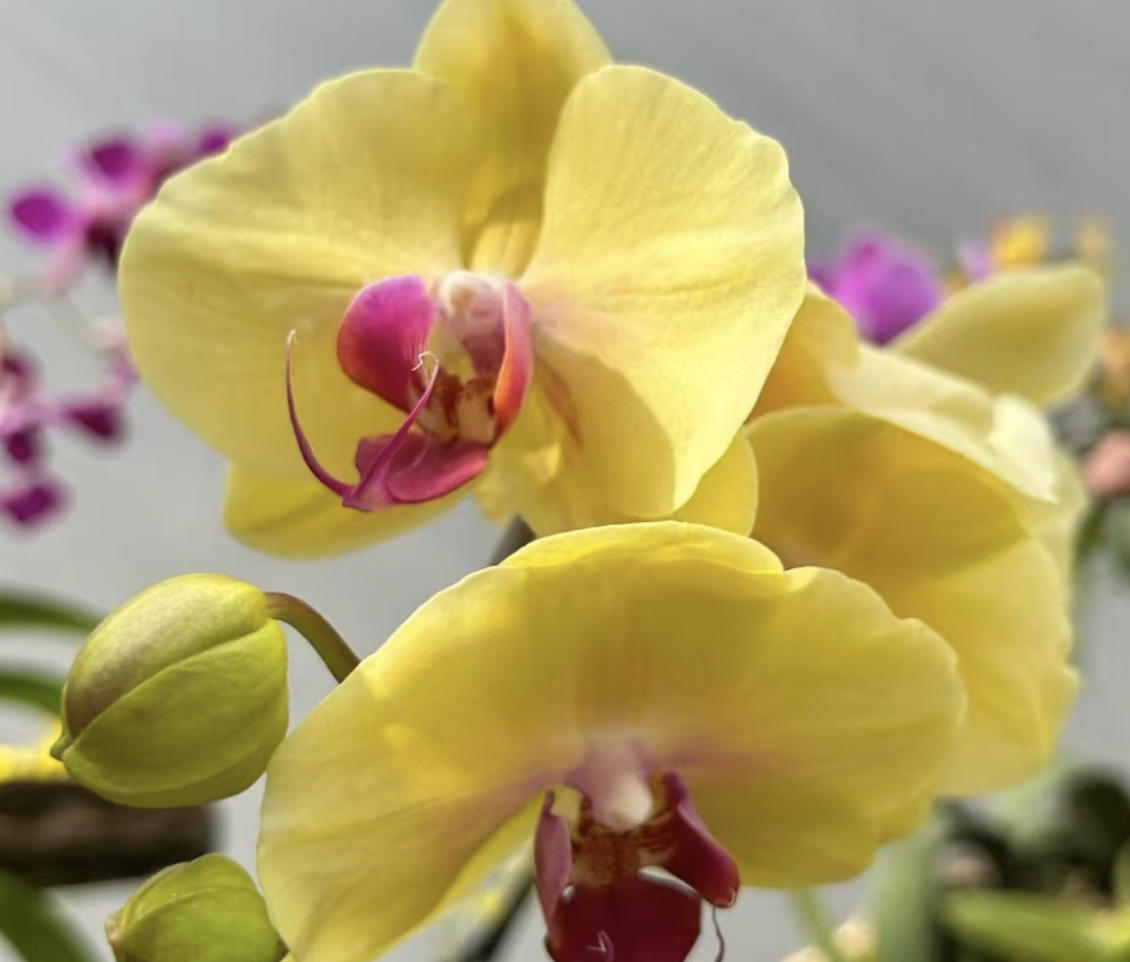Today, we're going to introduce a very special tropical orchid called Cattleya. It is famous for its magnificent appearance and bright colors when in bloom, and is known as the "King of Orchids". It not only attracts attention in flower exhibitions but can also be seen in many botanical gardens. Let's learn more about this tropical orchid below.
Different from common orchids, Cattleya has much larger flowers, more vivid colors, and emits a unique fragrance after blooming, making it a favorite among many orchid collectors.
In terms of maintenance, Cattleya prefers soft and sufficient scattered light. Therefore, we recommend placing it near a window indoors. If there is insufficient light and the room is rather dark, a supplementary light should be used to increase the lighting time. In the hot summer, it is necessary to strictly prevent strong sunlight exposure. At this time, it should be moved indoors in a timely manner or a sunshade net should be added.
In terms of water, Cattleya likes a humid environment, but this doesn't mean watering it excessively. Too much water can easily cause root rot. It is recommended to check if there is water accumulation in the bottom of the pot after watering and pour it out in a timely manner if found, otherwise root rot is likely to occur. In addition to the requirement for water, it also has a high requirement for humidity. It is necessary to often maintain the air humidity around it by spraying or using a humidifier. Otherwise, it is likely to become too dry and the plant will wither.
In terms of soil, orchids generally prefer soil that is breathable and has a high moisture retention capacity. Therefore, when choosing soil, a mixture of materials such as leaf mold, bark, and perlite can be used. These media have the characteristics of good air permeability and can maintain a certain level of humidity, so they can be regarded as the best growth partners for Cattleya.
In terms of daily fertilization, it is recommended to apply special orchid fertilizer every two weeks during the growth period of Cattleya. In winter, since its metabolic rate slows down, the demand for nutrients will also decrease accordingly. It is recommended not to over-fertilize at this time, because the plant may not be able to absorb the fertilizer, which can easily cause fertilizer damage and is instead harmful to the plant.
What are the Differences between Cattleya and Orchid?

Share with
Tagged in :




Leave a Reply